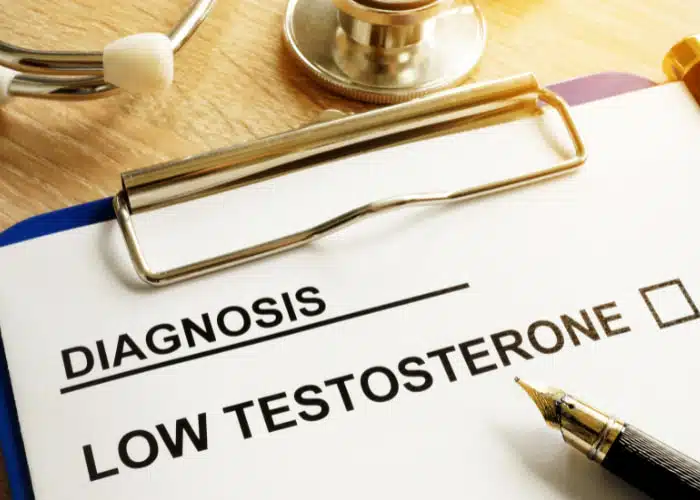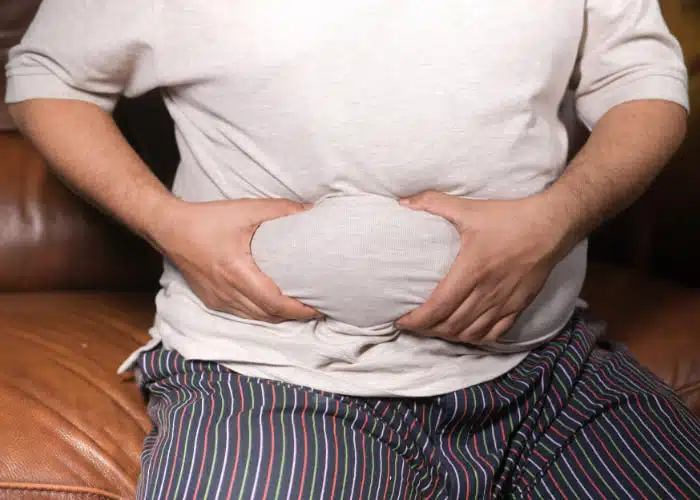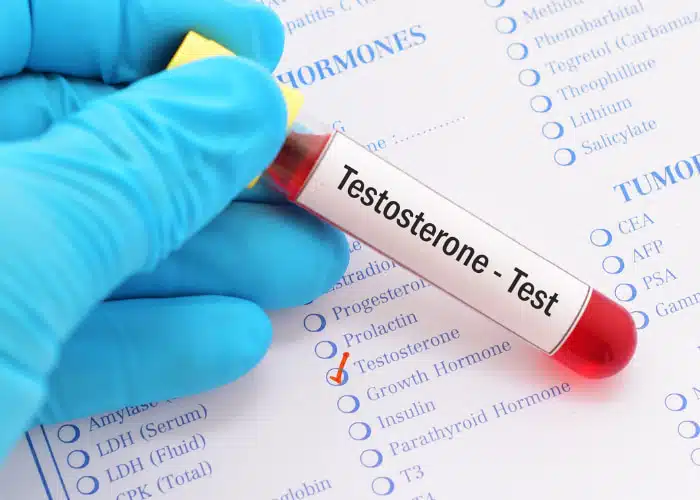Testosterone is the primary male sex hormone that is vital to the health and well-being of men throughout all stages of their lives. From the development of sexual characteristics in adolescence to increasing lean muscle mass, and maintaining bone strength, testosterone is also essential for the production of sperm, enhancing male libido, improving mood, and boosting cognitive abilities. When men have symptoms of low testosterone, receiving hormone replacement therapy at Shasta Meadows Wellness can restore adequate testosterone levels.
Continue reading to learn more about testosterone therapy and if you could be a good candidate for testosterone replacement therapy.

Similar to estrogen replacement delivery methods for women, testosterone delivery methods also include injectables, transdermal patches, topical gels, implants, or cheek patches. Testosterone replacement injections are given every one to two weeks initially. A second injection is then given four weeks after the first injection. The remaining injections are needed every 10 weeks.
Creams or gels are applied to the skin each day. Transdermal patches remain adhered to the skin for 24 hours and gradually release testosterone into the bloodstream. A new testosterone transdermal patch must be reapplied every 24 hours.
Cheek patches are placed underneath the upper lip and interact with saliva to release testosterone. They should be replaced every 12 hours or twice a day.
Testosterone pellets are implanted under the skin, either in the buttock or hip area. These pellets continue releasing testosterone into the bloodstream for up to six months. At that time, the old testosterone pellet is replaced by a new one.

Call Shasta Meadows Wellness to schedule a consultation about receiving testosterone replacement therapy if you are experiencing two or more of the following:


For men diagnosed with CAD (coronary artery disease), testosterone replacement therapy may help increase blood flow within and surrounding the heart while acting as an effective vasodilator. Studies also show that low testosterone levels may also be a risk factor for developing Alzheimer's disease.

The American Urology Association states that low blood testosterone may be diagnosed if testosterone measures less than 300 nanograms per deciliter (ng/dL) for adult men. During your consultation at Shasta Meadows Wellness for testosterone replacement therapy, we will discuss your symptoms of low testosterone and your current health condition, and perform a blood test to determine if you do have low testosterone issues.

Stay active physically and mentally. For men in their 30s, strength-training and cardiovascular exercises are a great way to stimulate the production and release of testosterone. Older men should walk, hike, bicycle, and swim regularly to help prevent weight gain and improve muscle tone.
Avoid drinking alcohol, especially beer. An ingredient in beer called hops is an estrogenic substance, meaning it causes testosterone to be converted to estrogen. Some research suggests that having two drinks per day may reduce testosterone levels in both young and older men.
Get enough sleep. Sleep deprivation is stressful for the body and brain. When under stress, the body releases cortisol, the primary stress hormone known to cause a variety of health problems. Men between 64 and 74 years old who did not get enough sleep were found to have lower levels of testosterone in the morning than men the same age who got sufficient sleep.
Testosterone therapy could decrease sperm production. For this reason, men who are considering having more children should consider delaying testosterone therapy. If you have moderate to severe symptoms of low testosterone and are worried about fertility problems, we will discuss the advantages and disadvantages of testosterone replacement during your consultation.
Call Shasta Meadows Wellness Center at (530) 215-3820 to schedule an appointment if you are interested in learning more about the benefits of testosterone therapy.